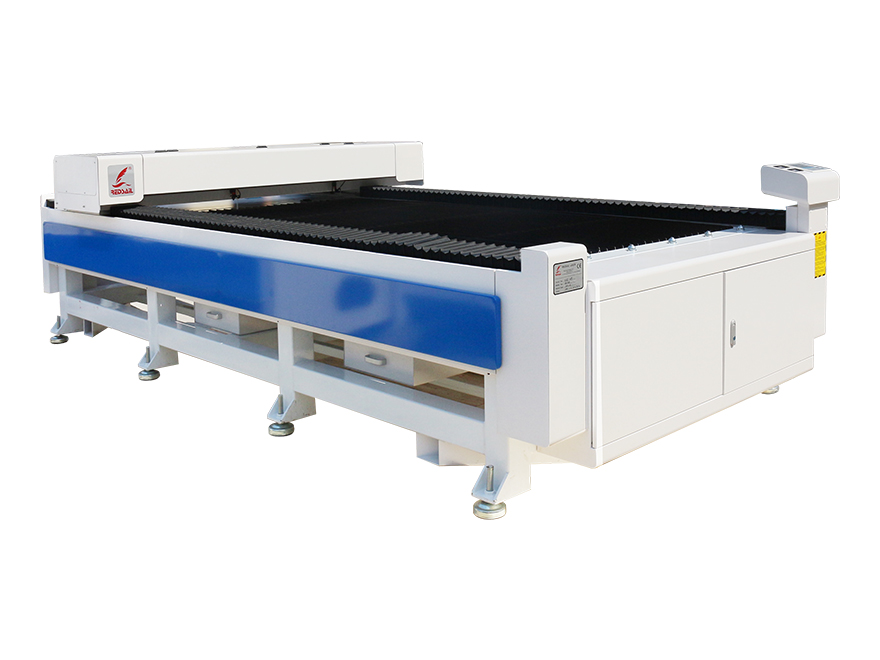Is Laser Cut Wood the Future of Artisanal Craftsmanship in the UK?
Artisanal craftsmanship has deep roots in the United Kingdom, with countless generations perfecting traditional techniques to create beautiful and intricate pieces of art. However, in recent years, the emergence of laser cutting technology has started to reshape the landscape of artisanal craftsmanship. Laser cut wood, in particular, has gained popularity as an innovative and efficient method for creating stunning works of art. In this article, we will explore whether laser cut wood truly represents the future of artisanal craftsmanship in the UK.
The Advantages of Laser Cut Wood
Laser cut wood offers numerous advantages over traditional woodworking techniques. Firstly, laser cutting allows for unparalleled precision and intricacy in designs. The laser beam can make detailed cuts and etchings with incredible accuracy, enabling artisans to create intricate patterns and designs that would be difficult or even impossible to achieve by hand.
Additionally, laser cut wood offers a high degree of repeatability. Once a design is programmed into the system, multiple identical pieces can be produced with ease. This allows artisans to create a consistent product line and meet the demands of a growing market.
Furthermore, laser cutting significantly reduces production time compared to traditional woodworking methods. Complex cuts can be made quickly and efficiently, increasing the productivity of artisans and allowing them to produce more pieces in a shorter amount of time.
The Impact on Artisanal Craftsmanship
While some may argue that the rise of laser cut wood threatens the authenticity and uniqueness of artisanal craftsmanship, many artisans have embraced this technology as a tool to enhance their creativity and expand their capabilities. Instead of replacing traditional craftsmanship, laser cut wood offers a new dimension to the artform, allowing artisans to push boundaries and explore new design possibilities.
Moreover, laser cut wood provides opportunities for collaboration and innovation within the artisan community. Artisans can share designs, techniques, and ideas, fostering a sense of community and facilitating the exchange of knowledge. This cross-pollination of ideas stimulates creativity and encourages artisans to experiment with new approaches, ultimately pushing the boundaries of artisanal craftsmanship in the UK.
The Future of Artisanal Craftsmanship
While it is clear that laser cut wood has already made a significant impact on artisanal craftsmanship in the UK, its future role remains uncertain. The technology is constantly evolving, and it is likely that laser cutting capabilities will continue to improve, providing artisans with even more possibilities and design options.
However, it is important to recognize that traditional craftsmanship will always hold a special place in the hearts of artisans and consumers alike. The artistry, skill, and history associated with traditional techniques cannot be replicated by a machine. Therefore, it is more likely that laser cut wood will complement rather than replace traditional methods, allowing artisans to combine the precision and efficiency of laser cutting with the soul and authenticity of traditional craftsmanship.
FAQs
Q: Will laser cut wood eliminate the need for traditional woodworking skills?
A: Laser cut wood does not negate the importance of traditional woodworking skills. While laser cutting technology enhances precision and saves time, traditional woodworking techniques are still valuable in creating unique and handcrafted pieces that highlight the skill and artistry of artisans.
Q: Are laser cut wood products less valuable than traditionally crafted ones?
A: The value of a piece of art or craft is subjective and depends on various factors, including craftsmanship, design, materials used, and historical significance. Laser cut wood products can be just as valuable as traditionally crafted ones, as long as they possess artistic merit and are appreciated by collectors and connoisseurs.
Q: Does laser cut wood lack the personal touch of handmade craftsmanship?
A: Laser cut wood does have a different aesthetic and may lack the imperfections and variations associated with traditional handmade craftsmanship. However, artisans can still infuse their personal touch through design choices, finishings, and other creative elements, ensuring that each laser cut wood piece maintains its uniqueness and artistic appeal.
Q: How can artisans integrate laser cutting into their craft?
A: Artisans can integrate laser cutting into their craft by experimenting with new designs, incorporating laser-cut components into their traditional woodworking projects, or even focusing solely on laser cutting as their main craft. The versatility of laser cutting technology allows artisans to tailor their approach to their individual artistic vision and goals.
Q: Are there any limitations to laser cut wood as a medium?
A: While laser cut wood offers great precision and versatility, there are some limitations to consider. For instance, laser cutting is not ideal for creating curved or rounded shapes, as the laser beam works best with straight lines and sharp angles. Additionally, the thickness and characteristics of the wood being used can impact the quality of the laser cutting results.





